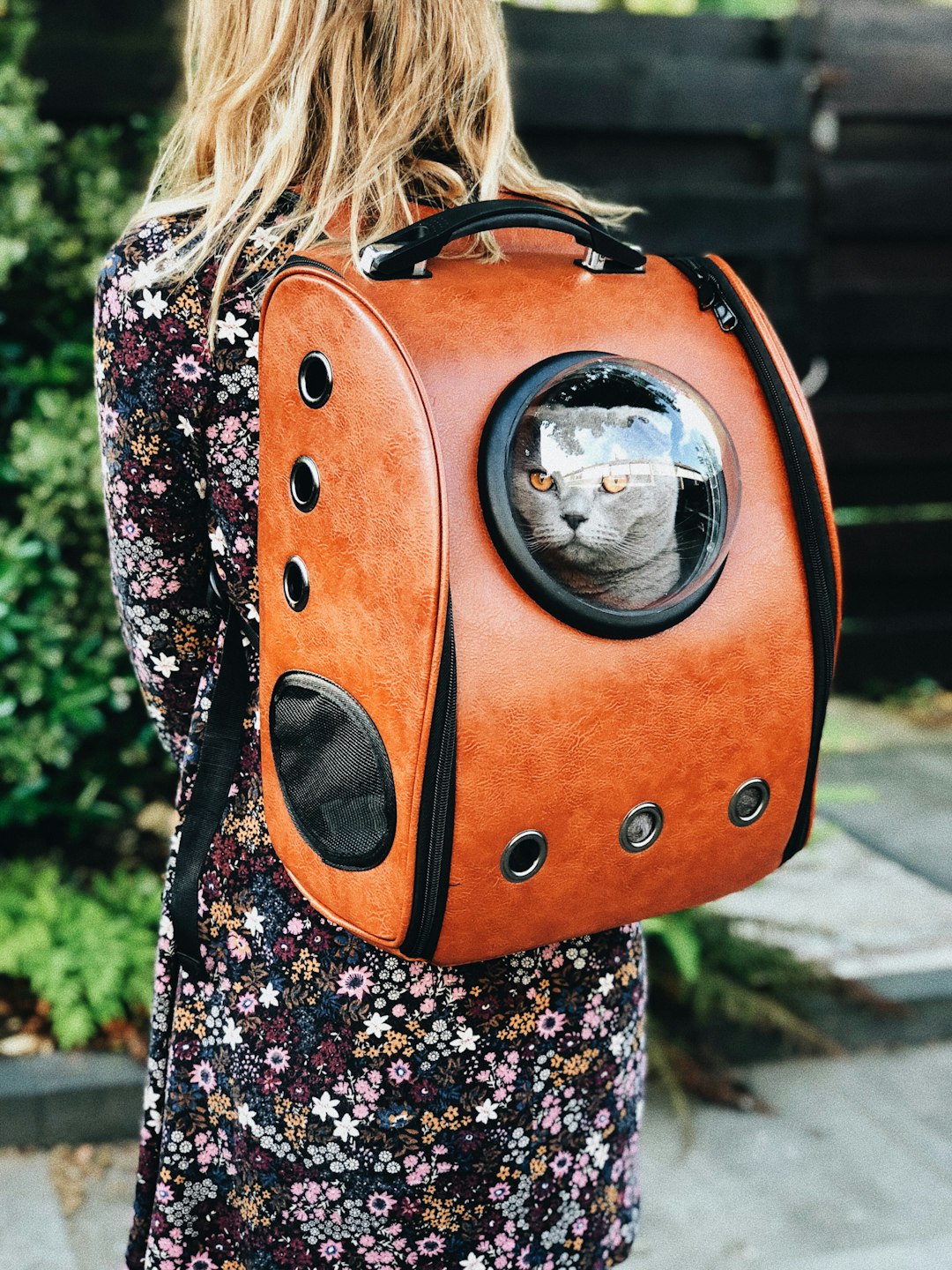The Healing Power of Therapy Animals
In recent years, therapy animals have gained significant recognition and popularity for their remarkable ability to provide emotional support and offer solace to those in need. From hospitals to nursing homes, schools to airports, these well-trained animals are making a difference in the lives of countless individuals. The healing power of therapy animals is undeniable, and their positive impact on both physical and mental well-being is truly extraordinary.
Therapy animals come in various forms, including dogs, cats, horses, rabbits, guinea pigs, and even dolphins. These animals undergo extensive training to ensure they are well-behaved, friendly, and capable of working in various environments. The goal is to help people in distress by offering them comfort, companionship, and unconditional love.
One of the most common therapy animals is dogs. Their natural empathy and ability to form deep connections with humans make them ideal for providing emotional support. Dogs have been shown to decrease stress levels, lower blood pressure, and alleviate feelings of anxiety or depression. Furthermore, they offer an increased sense of security and help individuals feel less alone during challenging times.
The therapeutic benefits of therapy dogs can be witnessed in various settings, including hospitals. Research has shown that interactions with therapy dogs can reduce the perceived pain levels of patients, ultimately leading to a faster recovery. Additionally, these furry friends offer a welcome distraction from the monotony of hospital life and provide a much-needed source of emotional support for both patients and their families.
Another setting where therapy animals have made a tremendous impact is schools. Many children struggle with anxiety, behavioral issues, or learning difficulties, which can make their educational journey challenging. However, therapy animals have proven to be effective companions in addressing these issues. Spending time reading books to dogs or interacting with other therapy animals has shown to improve children’s self-esteem, boost motivation, and enhance social skills. Furthermore, therapy animals create a safe and non-judgmental environment where children can express their feelings freely without fear of criticism.
Therapy animals have also become invaluable in helping individuals with mental health conditions. Animal-assisted therapy has been shown to reduce symptoms of depression, anxiety, and PTSD. The presence of therapy animals during therapy sessions creates a calming atmosphere and instills a sense of happiness and peace. Furthermore, their non-verbal cues and ability to sense emotions help therapists in tailoring treatment plans and better understanding their clients’ needs. This symbiotic relationship between therapy animals and mental health professionals is transforming the field of psychotherapy.
While dogs are the most commonly seen therapy animals, other animals are making their mark as well. For instance, horses offer remarkable therapeutic benefits through equine-assisted therapy (EAT). Interactions with horses can improve balance, coordination, and muscle strength, making it an excellent therapy choice for individuals with physical disabilities. Additionally, the bond developed between humans and horses during EAT promotes emotional healing, trust-building, and personal growth.
Children with autism spectrum disorder (ASD) have also shown remarkable improvements through animal-assisted therapy. The presence of therapy animals, especially dogs, has proven effective in reducing meltdowns, improving social skills, and increasing attention span in children with ASD. These animals have an innate ability to connect with children who might otherwise struggle to form meaningful relationships, enabling them to thrive and reach their full potential.
In conclusion, the healing power of therapy animals cannot be underestimated. From hospitals to schools, therapy animals are providing comfort, companionship, and emotional support to individuals in need. Whether it is reducing stress levels, improving physical health, or enhancing mental well-being, these remarkable creatures are making a significant impact on the lives of countless individuals. As therapy animal programs continue to grow, it is evident that the bond between humans and animals truly has the power to heal, bringing joy, comfort, and a renewed sense of hope to all those fortunate enough to experience it.
